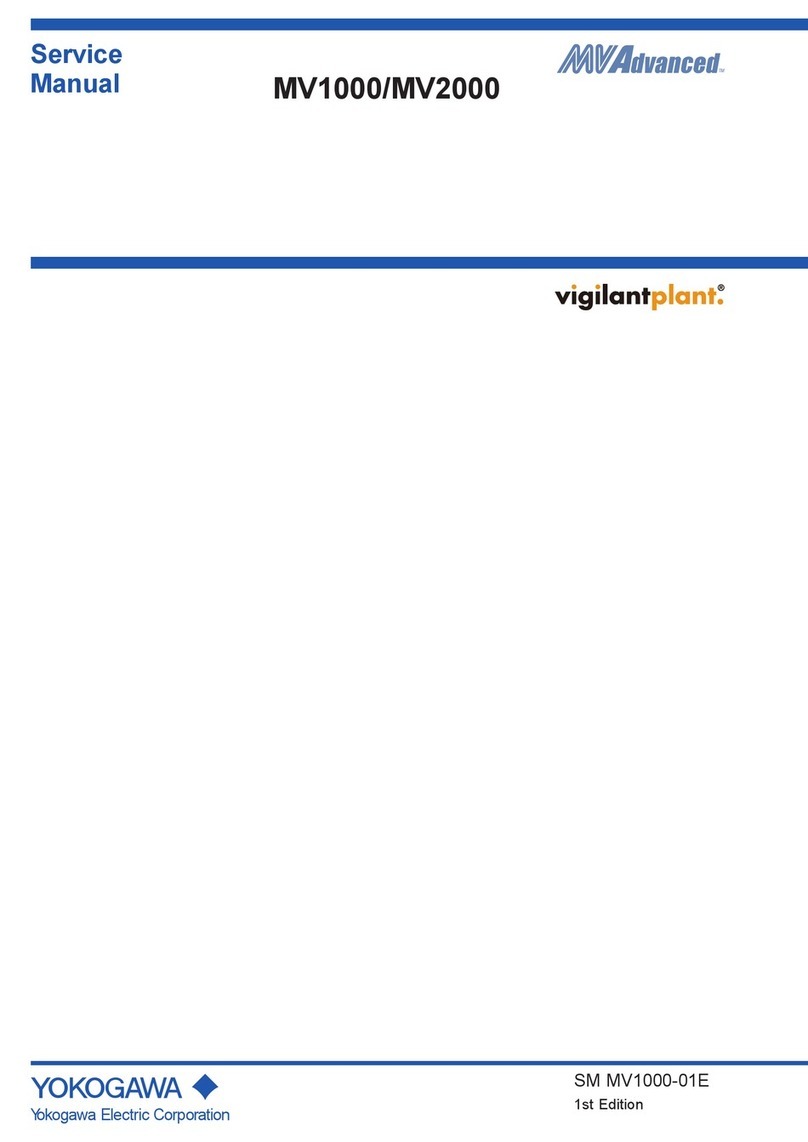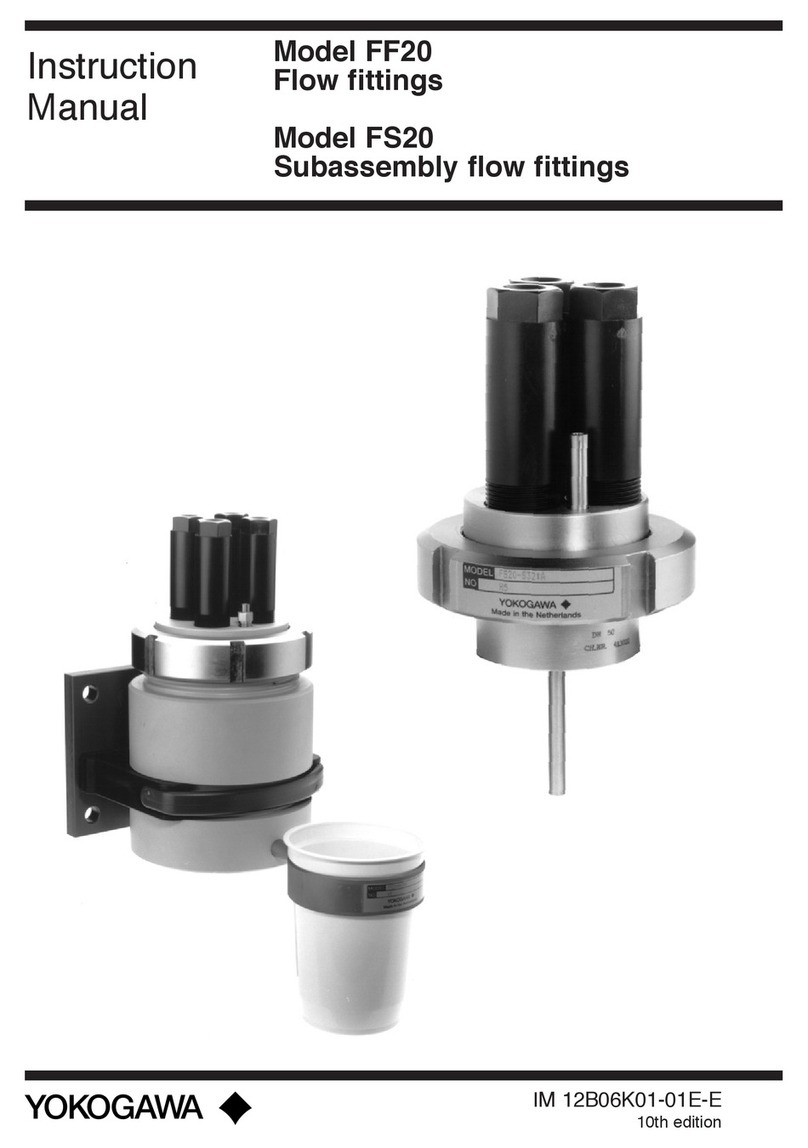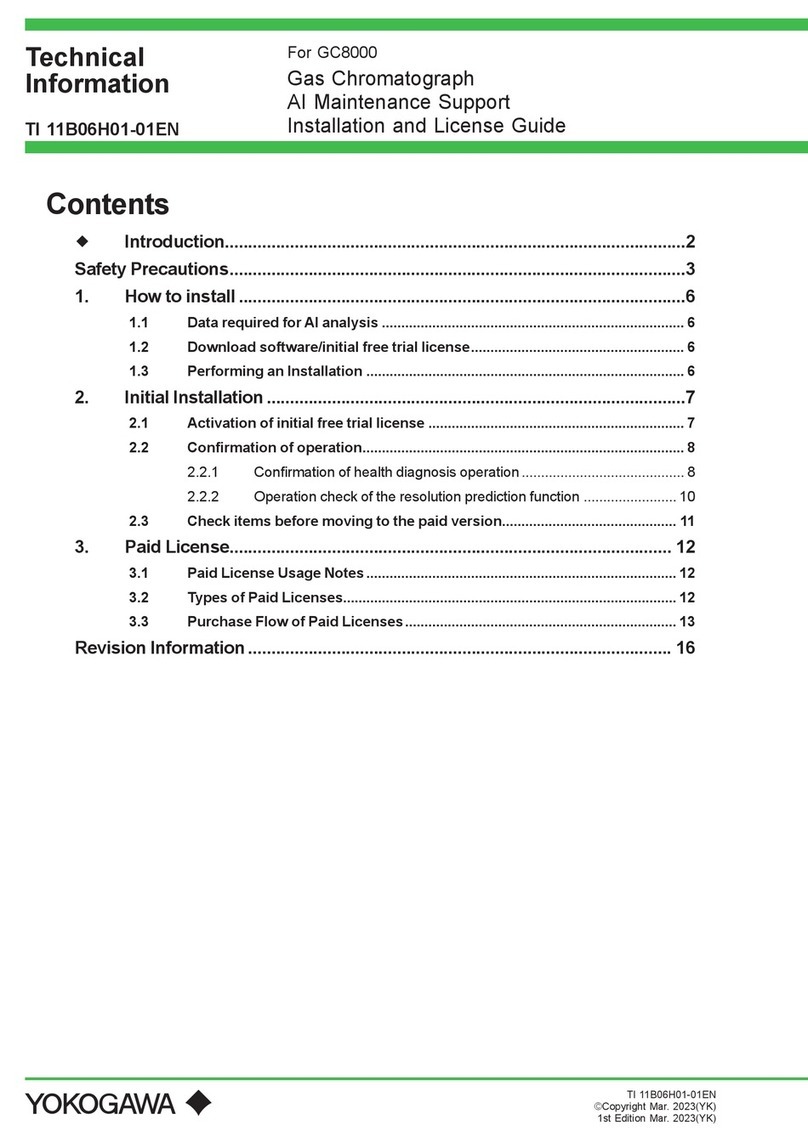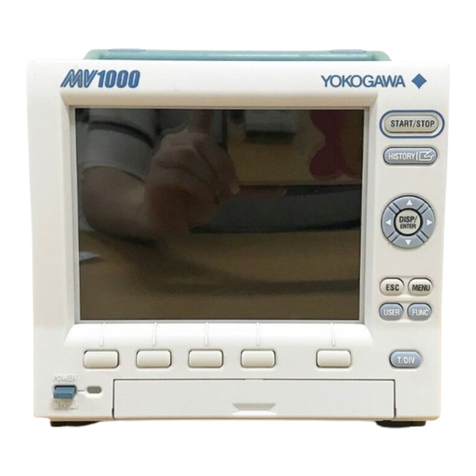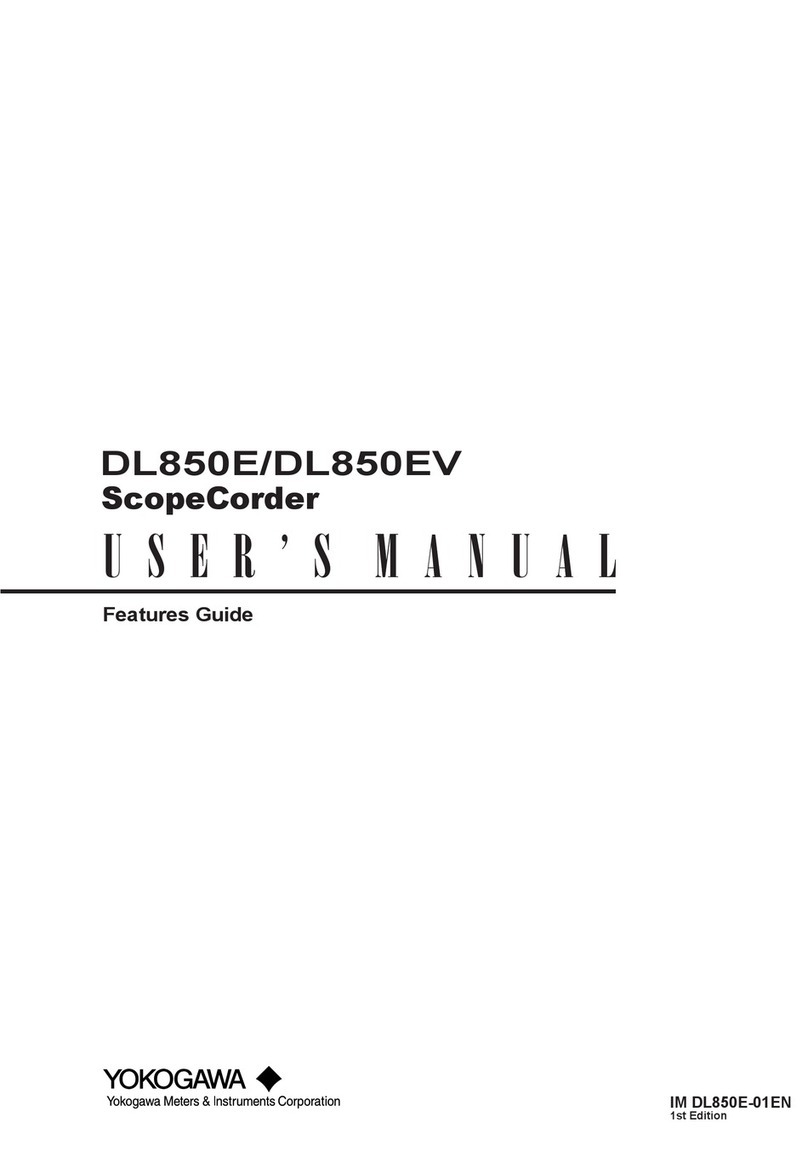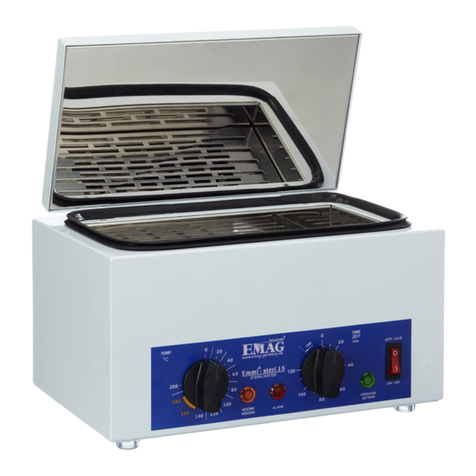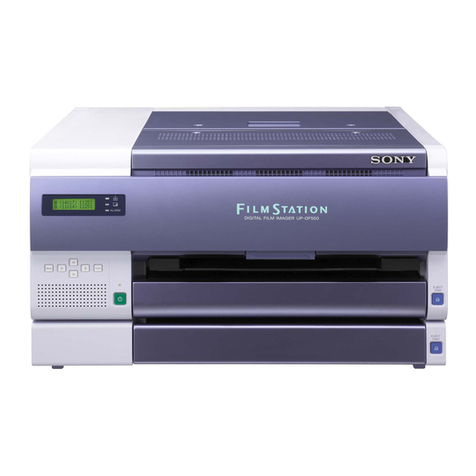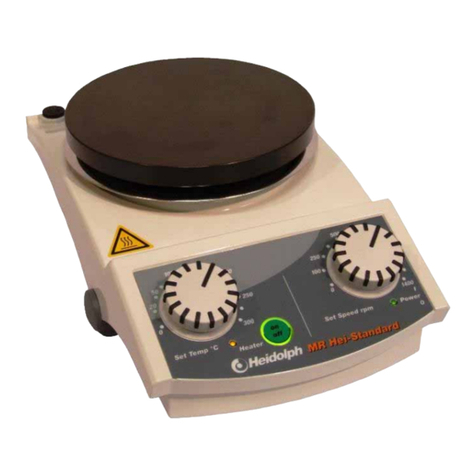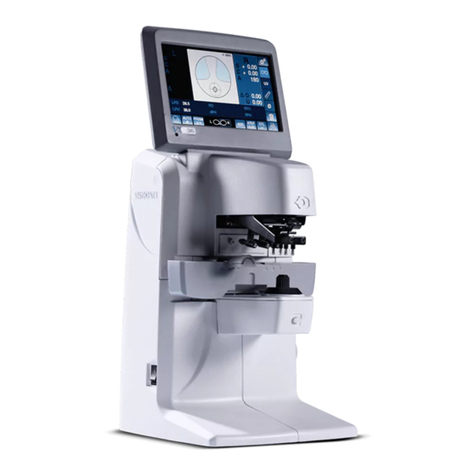YOKOGAWA 701977 User manual

User's
Manual
Notes
• The contents of this manual are subject to change without prior notice as a result of continuing
improvements to the product’s performance and functionality. The figures given in this manual may
differ from those that actually appear on your product.
• Every effort has been made in the preparation of this manual to ensure the accuracy of its
contents. However, should you have any questions or find any errors, please contact your nearest
YOKOGAWA dealer.
• Copying or reproducing all or any part of the contents of this manual without the permission of
YOKOGAWA is strictly prohibited.
Conventions Used in This Manual
Improper handling or use can lead to injury to the user or damage to the instrument.
This symbol appears on the instrument to indicate that the user must refer to the
user’s manual for special instructions. The same symbol appears in the corresponding
place in the user’s manual to identify those instructions. In the manual, the symbol is
used in conjunction with the word “WARNING” or “CAUTION.”
WARNING Calls attention to actions or conditions that could cause serious or fatal injury to the
user, and precautions that can be taken to prevent such occurrences.
CAUTION Calls attention to actions or conditions that could cause light injury to the user or
damage to the instrument or user’s data, and precautions that can be taken to prevent
such occurrences.
Note Calls attention to information that is important for the proper operation of the
instrument.
Safety Precautions
This product is designed to be used by a person with specialized knowledge. To use this product
correctly and safely, the general safety precautions described herein must be observed during all
phases of operation. YOKOGAWA assumes no liability for the customer’s failure to comply with these
requirements.
This manual is part of the product and contains important information. Keep this manual in a safe
place so that you can refer to it immediately when using the product until you dispose of the product. In
addition, before using the probe, read the manuals of the oscilloscope to thoroughly familiarize yourself
with its specifications and operation.
The following symbols are used on this instrument.
Handle with care. Refer to the user’s manual or service manual. This symbol appears on
dangerous locations on the instrument which require special instructions for proper handling
or use. The same symbol appears in the corresponding place in the manual to identify those
instructions.
Risk of electric shock
Notes about Usage
WARNING
Purpose of the product
The product is used in combination with an oscilloscope to observe and measure electrical
signals. Do not use for any other purpose.
Grounding of the measuring instrument
The protective grounding terminal of the oscilloscope must be connected to ground.
Check the grounding
Before connecting the probe input terminal to the device under measurement, ensure that
the measuring instrument is grounded properly and that the probe’s BNC connector is
connected to the oscilloscope input.
Observe the maximum input voltage
Do not apply a voltage exceeding the input range specified in the specifications between an
input lead and ground or between two input leads. Also, take the set attenuation ratio into
account.
Be careful of electric shock
Never use the probe with wet hands or when the probe itself is wet. Doing so may cause
electric shock. Be careful of electric shock when you connect the probe to the device under
measurement.
Avoid exposed circuitry
To prevent electric shock, remove metal and jewelry such as watches and rings. Do not
touch exposed connections or components when power is present on the device.
Precautions when connecting and disconnecting the probe
Do not disconnect the probe from the oscilloscope while the probe is connected to the
device under measurement. Doing so may cause electric shock.
Do not operate in wet or damp conditions.
To prevent electric shock, do not operate the probe in wet or damp conditions.
Do not operate in explosive atmosphere
To prevent injury or fire hazard, do not operate the probe in an atmosphere of flammable or
explosive gases or vapors.
Do not operate with suspected failures
Stop using the probe if you suspect that the probe is damaged. Consult your nearest
YOKOGAWA dealer.
Do not operate with a damaged signal cable
If the signal cable is torn and the inner metal is exposed or if a color different from the outer
sheath appears, stop using the cable.
Do not disassemble or modify
Do not disassemble or modify the product. YOKOGAWA assumes no liability if you
disassemble or modify the product.
Thank you for purchasing the Model 701977 Differential Probe. This user’s manual explains usage,
specifications, and the handling precautions of the 701977. To ensure correct use, please read this
manual thoroughly before beginning operation. After reading this manual, keep it in a safe place.
IM 701977-01EN
3rd Edition
CAUTION
Application and design of the product
The product has not been designed or manufactured for applications in which high reliability
is required over a long period of time.
Protective structure
The product is not dust or water resistant. Do not use it in areas with a lot of dust or near
water.
Usage and storage environment
Avoid using or storing the product in an environment that does not meet the specifications,
such as direct sunlight, high temperature and humidity, or condensation. Deformation or
insulation deterioration can occur resulting in failure to retain the product specifications.
Handling the probe
Avoid vibration, shock, and static electricity when handling the probe. Do not bend or pull the
cables excessively. Doing so may damage or disconnect the probe.
Operating environmental limitations
The product is a Class A (for industrial environments) product. Operation of the product in
a residential area may cause radio interference in which case the user will be required to
correct the interference.
1. Overview
Model 701977 Differential Probe is a differential input active probe that supports high voltage inputs
up to 7 kV. It can be used for oscilloscopes with single-ended inputs. The attenuation ratio can be
switched between 100:1 and 1000:1.
2. Configuration and Functions
Offset voltage adjustment screw
Overload indicator
Attenuation switch
(100:1/1000:1)
To oscilloscope
1. Probe head
Input lead
To device under measurement
Probe cable
Power cable
2. Probe interface unit
4. O-ring (8 colors)
3. High voltage alligator clip
(black/red)
5. Manuals
No. Standard Parts Part No.
1. Probe head –
2. Probe interface unit –
3. High voltage alligator clip B8099RC (black) / B8099RD (red)
4. O-ring (8 colors, attached to the probe cable) –
5. Manuals (see below) –
Manual Title Manual No. Description
Model 701977 Differential Probe
User’s Manual
IM 701977-01EN This manual. Explains usage,
specifications, and the handling
precautions of the 701977.
Model 701977 Differential Probe
Safety Instructions
IM 701977-02FR The warnings and cautions in French to
supplement the IM 701977-01EN
Safety Instruction Manual IM 00C01C01-01Z1 Safety manual (European languages)
Inquiries PIM 113-01Z2 List of worldwide contacts
The “EN”, “FR”, “Z1”, and “Z2” in the manual numbers are the language codes.
Power Supply
Power is supplied from the probe power terminal on the connected oscilloscope or the power supply
unit (model 701934 or model 700938, sold separately) through the power cable of this probe.
Attenuation Switch
Switches the attenuation ratio between 100:1 and 1000:1. When measuring a signal of 700 V or
less, select 100:1 for measurement of higher resolution and less noise. When measuring a signal
above 700 V, select 1000:1.
Overload Indicator
When the differential input exceeds the following value, the indicator lights.
±700 V at 100:1 attenuation ratio.
±7000 V at 1000:1 attenuation ratio.
Offset voltage adjustment screw
This screw adjusts the internal variable resistor. The residual offset voltage can be adjusted using
an appropriate flat-head screwdriver.
3. Operating Procedure
WARNING
• Use this probe only with YOKOGAWA’s oscilloscopes. Even with YOKOGAWA’s
oscilloscopes, this probe can be used only when specified as an accessory.
• Do not apply a voltage exceeding the maximum voltage values between the input and
ground. Failure to follow this precaution may cause accidents, such as electric shock or
damage to the instruments.
• To use the probe, first connect to the oscilloscope and then to the device under
measurement. After use, turn off the power to the device under measurement, disconnect
the probe from the device under measurement first, and then disconnect from the
oscilloscope.
• When measuring, make sure that the probe cable does not contact to dangerous active
parts. Because the rated voltage of the probe cable is lower than the maximum input
voltage, short circuits and proper protection may not work. Check the probe cable
placement before measurement.
CAUTION
• This probe is designed to measure the voltage difference between two points on the
device under measurement. It does not electrically isolate the device under measurement
from the measuring instrument.
• When cleaning the probe, wipe with a piece of soft cloth to prevent damaging the probe.
Do not immerse the probe body in liquid. Do not use abrasive cleaners or volatile solvents
such as benzine on the probe.
Model 701977
Differential Probe
3rd Edition : January 2022 (YMI)
All Rights Reserved, Copyright © 2021, Yokogawa Test & Measurement Corporation
Printed in Japan
IM 701977-01EN 1/2

Input Voltage Derating by Frequency
WARNING
As the frequency of the input signal increases, the maximum input voltage of the probe
decreases.
Input Voltage Derating by Frequency
10000
1000
100
10
0.01 0.1 1 10 100
Frequency [MHz]
Maximum input voltage
[V]
50
Regulations and Sales in Various Countries and Regions
Waste Electrical and Electronic Equipment (WEEE)
(EU WEEE Directive valid only in the EEA* and UK WEEE Regulations in the UK)
This product complies with the WEEE marking requirement. This marking indicates
that you must not discard this electrical/electronic product in domestic household
waste. When disposing of products in the EEA or UK, contact your local Yokogawa
office in the EEA or UK respectively.
*EEA: European Economic Area
Authorized Representative in the EEA (AR)
Yokogawa Europe B. V. is the authorized representative of Yokogawa Test & Measurement
Corporation for this product in the EEA. To contact Yokogawa Europe B. V., see the separate list of
worldwide contacts, PIM 113-01Z2.
Disposal
When disposing of YOKOGAWA products, follow the laws and ordinances of the country or region
where the product will be disposed of.
产品中有害物质的名称及含量
This section is valid only in China.
部件名称 有害物质
铅 (Pb)汞 (Hg)镉 (Cd)六价铬 (Cr(VI)) 多溴联苯 (PBB) 多溴二苯醚 (PBDE)
框架 ( 塑料) ×○ ○ ○ ○ ○
框架 ( 金属) ×○ ○ ○ ○ ○
线路板部件组装 ×○ ○ ○ ○ ○
电缆 ×○ ○ ○ ○ ○
配件 ×○ ○ ○ ○ ○
○:
表示该有害物质在该部件所有均质材料中的含量均在 GB/T 26572 规定的限量要求以下。
×:
表示该有害物质至少在该部件的某一均质材料中的含量超出 GB/T 26572 规定的限量要求。
环保使用期限
该标识适用于 SJ/T 11364 中所述,在中华人民共和国销售的电子电气产品的环
保使用期限。
只要您遵守该产品相关的安全及使用注意事项,在自制造日起算的年限内,则
不会因产品中有害物质泄漏或突发变异,而造成对环境的污染或对人体及财产
产生恶劣影响。
注)该年数为“环保使用期限”,并非产品的质量保证期。零件更换的推荐周期,
请参照使用说明书。
1.
Connect the included high voltage alligator clips to the probe input leads.
2.
Supply power from the probe power terminal on the connected oscilloscope or the power supply
unit sold separately through the power cable. Warm up the probe for at least 30 minutes.
3.
Connect the BNC output connector to the oscilloscope input terminal.
4.
Select the appropriate attenuation ratio with the attenuation switch.
5.
If the residual offset voltage is large, short the alligator clips, and turn the offset voltage
adjustment screw using an appropriate screwdriver to adjust the offset voltage.
6.
Connect the two input leads to the two points of the device under measurement (differential
measurement). Connect both leads since connecting only one lead will reduce performance.
Note
• Accurate measurements may not be possible near objects with strong electromagnetic fields
such as transformers, large current circuits, or wireless equipment.
• Before use, operate the attenuation switch several times. The electrical contacts of the switch
can weaken if not used for long periods of time.
• It is recommended to calibrate the probe once a year for accurate measurements.
4. Specifications
Item Specifications1
Frequency band DC to 50 MHz (−3 dB)
Attenuation ratio 100:1, 1000:1 (switchable)
DC gain accuracy Common mode input within 2000 V: ±2 %
Common mode input within 5000 V: ±3 %
Input capacitance 10 pF (to ground, typical2)
Input resistance 52 MΩ ±5 % (to ground)
Rise time 7.0 ns (typical2)
Allowable differential voltage
(between +/− terminals)
100:1 500 Vrms or less, and 700 Vpeak or less
1000:1 5000 Vrms or less, and 7000 Vpeak or less
Maximum input voltage
(to ground)3
1000 Vrms Measurement category III
5000 Vrms and 7000 Vpeak Measurement category Other
Allowable common mode voltage 5000 Vrms
Maximum non-destructive input
voltage
Differential mode: 7500 Vrms
Common mode: 5300 Vrms
Overload range 100:1 700 V or more
1000:1 7000 V or more
CMRR (typical2)−80 dB (60 Hz), −50 dB (1 MHz)
Output voltage ±7.0 V (offset voltage adjustable)
Input conversion noise 100:1 150 mVrms or less
1000:1 700 mVrms or less
Length Probe total 2840 mm ±40 mm
Input lead 610 mm ±10 mm
Power cable 1000 mm ±30 mm
Weight Approx. 500 g
Power supply voltage ±12.0 V ±0.6 V
Consumption current 80 mA (typical2)
Connector type BNC
Operating environment Temperature +5 °C to +40 °C (no condensation)
Humidity 25 % to 85 %RH
Altitude 2000 m or less
Storage environment Temperature −30 °C to +60 °C (no condensation)
Humidity 25 % to 85 %RH
Altitude 3000 m or less
Warm-up time 30 minutes or more
Compliant
standards
Safety standards4, 5 Probe only (excluding alligator clip)
EN 61010-031
Measurement category Other 5000 Vrms, 7000 Vpeak,
Pollution degree 2
Measurement category III 1000 Vrms, Pollution degree 2
High voltage alligator clip only (B8099RC/B8099RD)
EN 61010-031
Measurement category Other 5000 Vrms, 7000 Vpeak,
Pollution degree 2
Combination of probe and alligator clip
EN 61010-031
Measurement category Other 5000 Vrms, 7000 Vpeak,
Pollution degree 2
EMC standards Emission6EN 61326-1 Class A
EN 55011 Class A Group 1
Immunity EN 61326-1 Table 2
Environmental
standards7
EU RoHS Directive compliant
1 They depend on conditions of 23 ±5 °C, 55 ±10 %RH, and 30 minutes after power-on.
2“Typical” values are typical or average values and are not strictly guaranteed.
3 Input voltage derating by frequency applies. See the following figure for details.
4 The equipment is for measurement category III (CAT III). Do not use it with measurement
category IV (CAT IV). When using devices or accessories with different measurement categories,
the lower measurement category applies. See below for definitions of measurement categories.
Measurement category Other applies to measurement of circuits that are not directly connected
to a main power source. For example, this category applies to measurement of secondary
electric circuits in equipment across a transformer. The estimated transient overvoltage for the
701977 is 0 V.
Measurement Category Definition
Measurement category Other “O” Measurement category Other “O” applies to
measurement of a circuit that is not connected directly
to the main power source.
Measurement category II (CAT II) CAT II applies to measurement of electrical equipment
that is powered through a fixed installation such
as a wall outlet wired to a distribution board and
measurement on such wiring.
Measurement category III (CAT III) CAT III applies to measurement at the distribution level,
that is, building wiring, fixed installations.
Measurement category IV (CAT IV) CAT IV applies to measurement at the primary supply
level, that is, overhead lines, cable systems.
5 Pollution degree applies to the degree of adhesion of a solid, liquid, or gas which deteriorates
withstand voltage or surface resistivity. Pollution Degree 2 applies to normal indoor atmospheres
(usually with only non-conductive pollution).
6The product is a Class A (for industrial environments) product. Operation of the product in a
residential area may cause radio interference in which case the user will be required to correct
the interference.
7 For conformity to environmental regulations and/or standards other than EU, contact your local
Yokogawa office.
IM 701977-01EN 2/2
Other YOKOGAWA Laboratory Equipment manuals
Popular Laboratory Equipment manuals by other brands

Miele
Miele PG 8504 operating instructions
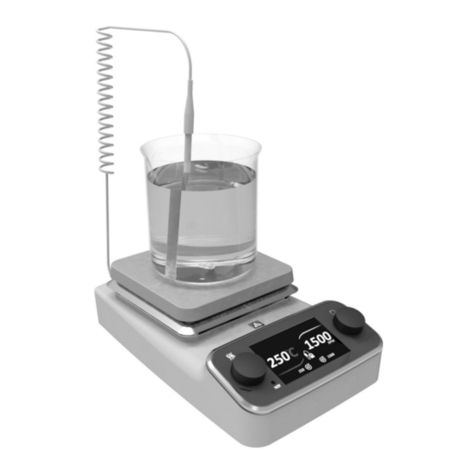
Cole Parmer
Cole Parmer HP-400 Series instruction manual
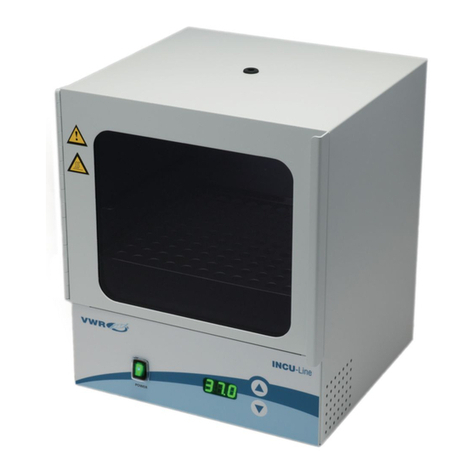
VWR
VWR VWR INCU-Line IL 10 instruction manual

Thermo Scientific
Thermo Scientific Nicolet NIR user guide
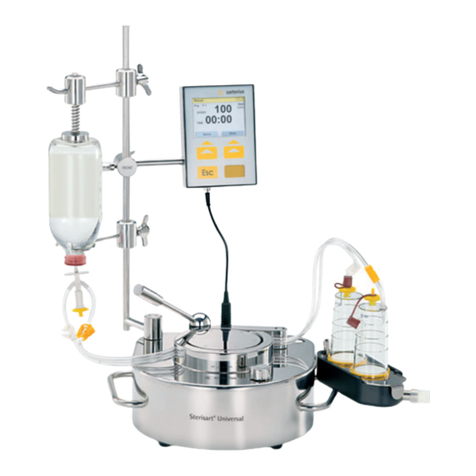
Sartorius
Sartorius Sterisart Universal Pump 16420 operating instructions
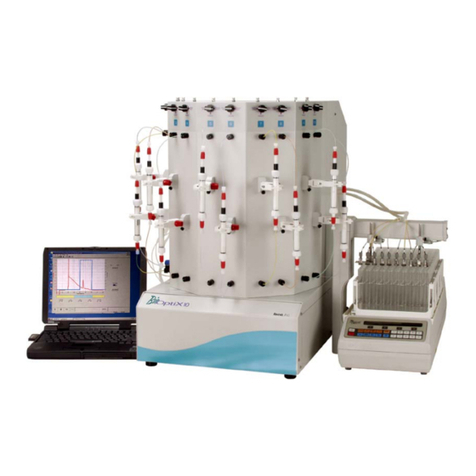
Teledyne
Teledyne 10 Installation and operation guide

Calistair
Calistair C300 quick start guide
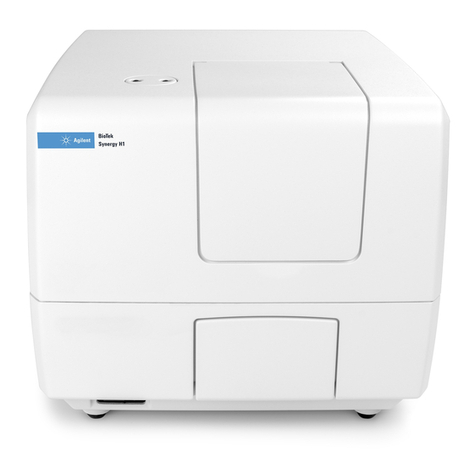
Bio-Tek
Bio-Tek Synergy H1 Operator's manual
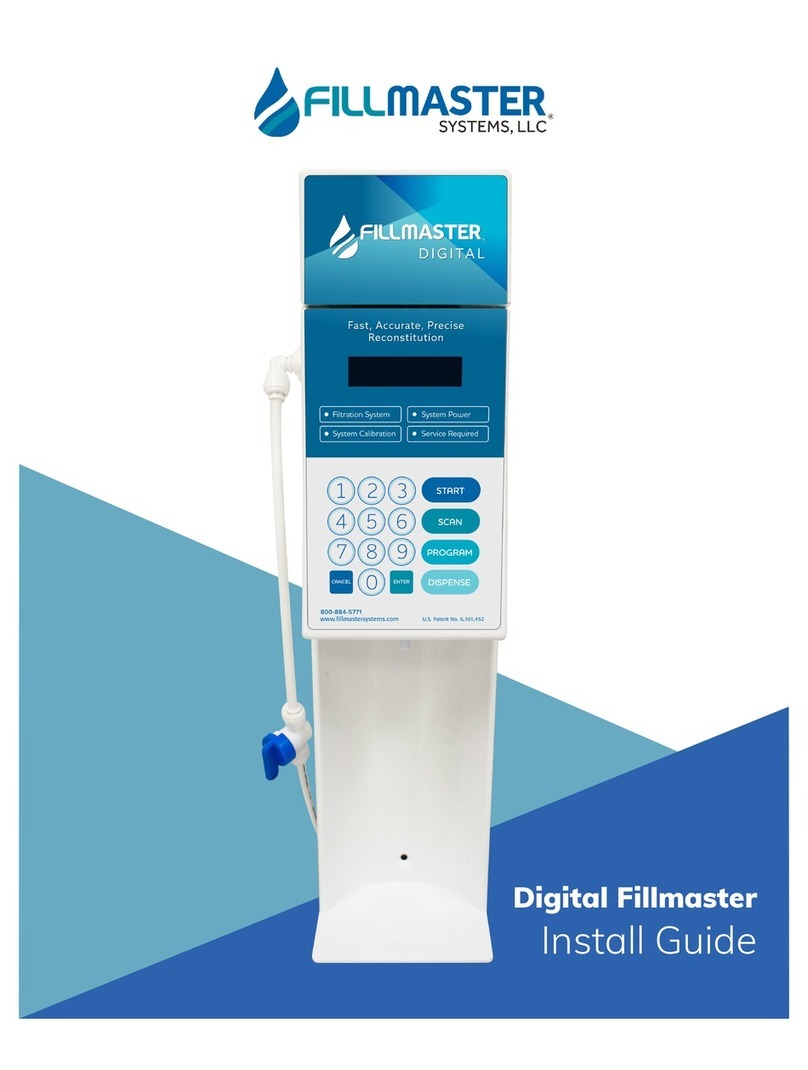
Fillmaster Systems
Fillmaster Systems 3400 installation guide
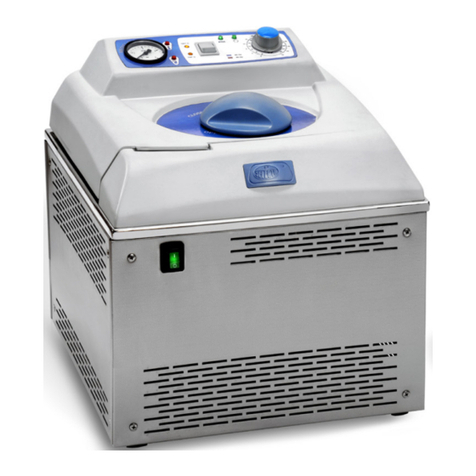
J.P. SELECTA
J.P. SELECTA MICRO 8 instruction manual

J.P. SELECTA
J.P. SELECTA CENTRO-8 BL instruction manual
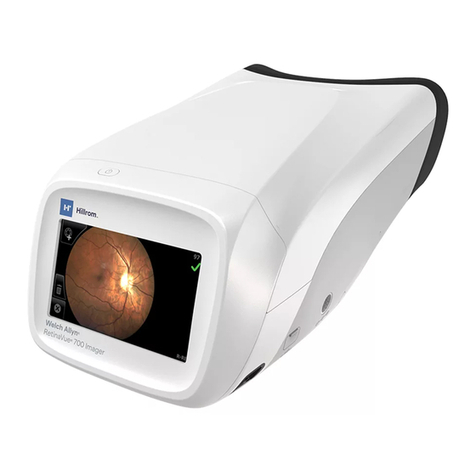
Hillrom
Hillrom Welch Allyn RetinaVue 700 Directions for use
